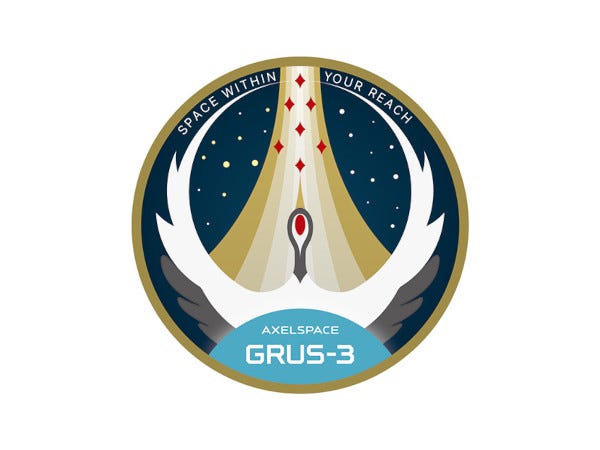GRUS-3α Satellite on Track for Launch this Summer
First of Seven Microsatellites to be Launched by Axelspace in 2026
Axelspace plans to launch a microsatellite, “GRUS-3α”, no earlier than June 2025 to verify the performance of the versatile satellite platform, a standardized platform for satellite function and structure across diverse missions, and the telescope used in GRUS-3. In 2026, the "GRUS-3" constellation will expand the number of microsatellites placed in orb…
Keep reading with a 7-day free trial
Subscribe to The Journal of Space Commerce to keep reading this post and get 7 days of free access to the full post archives.



